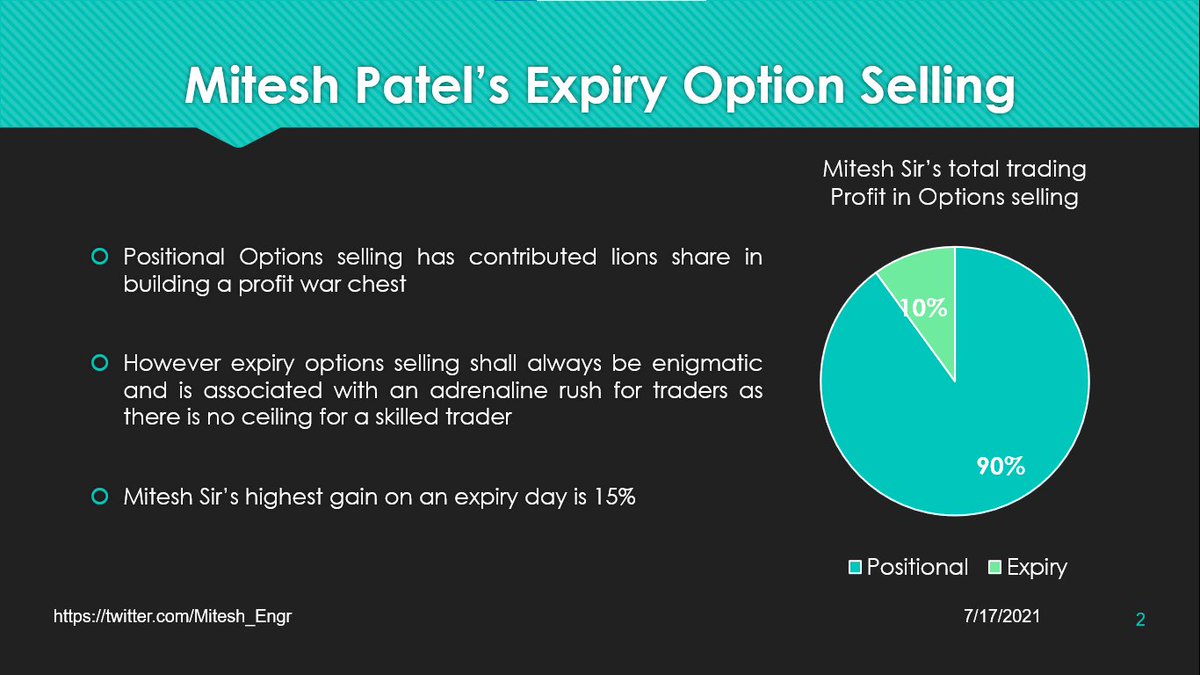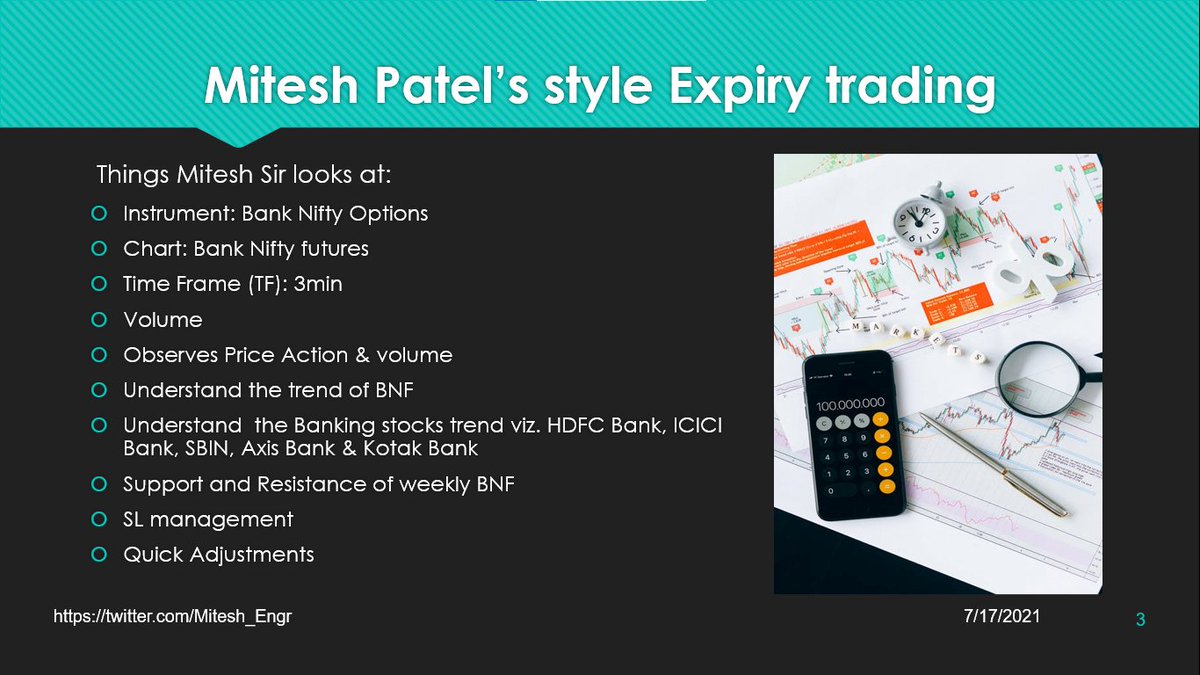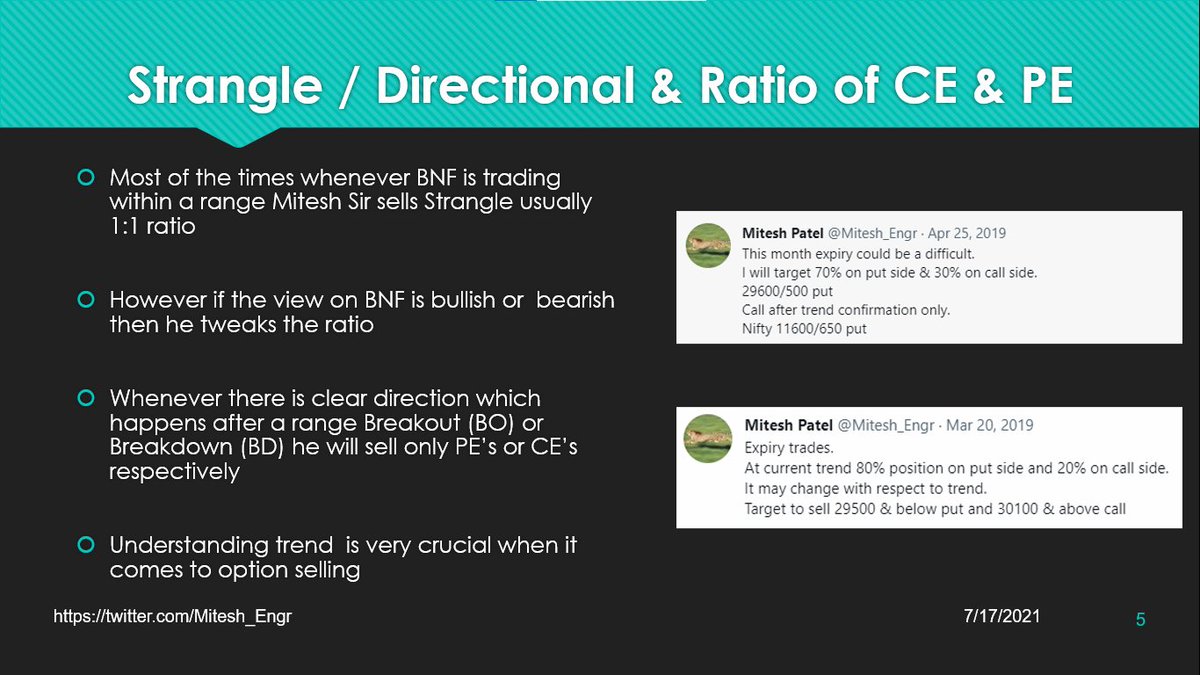The cash flow statement is presented in the quarterly and annual company filings
Most people want to be an investor
But most investors don’t know how to read a cash flow statement
Here’s how to read a cash flow statement:
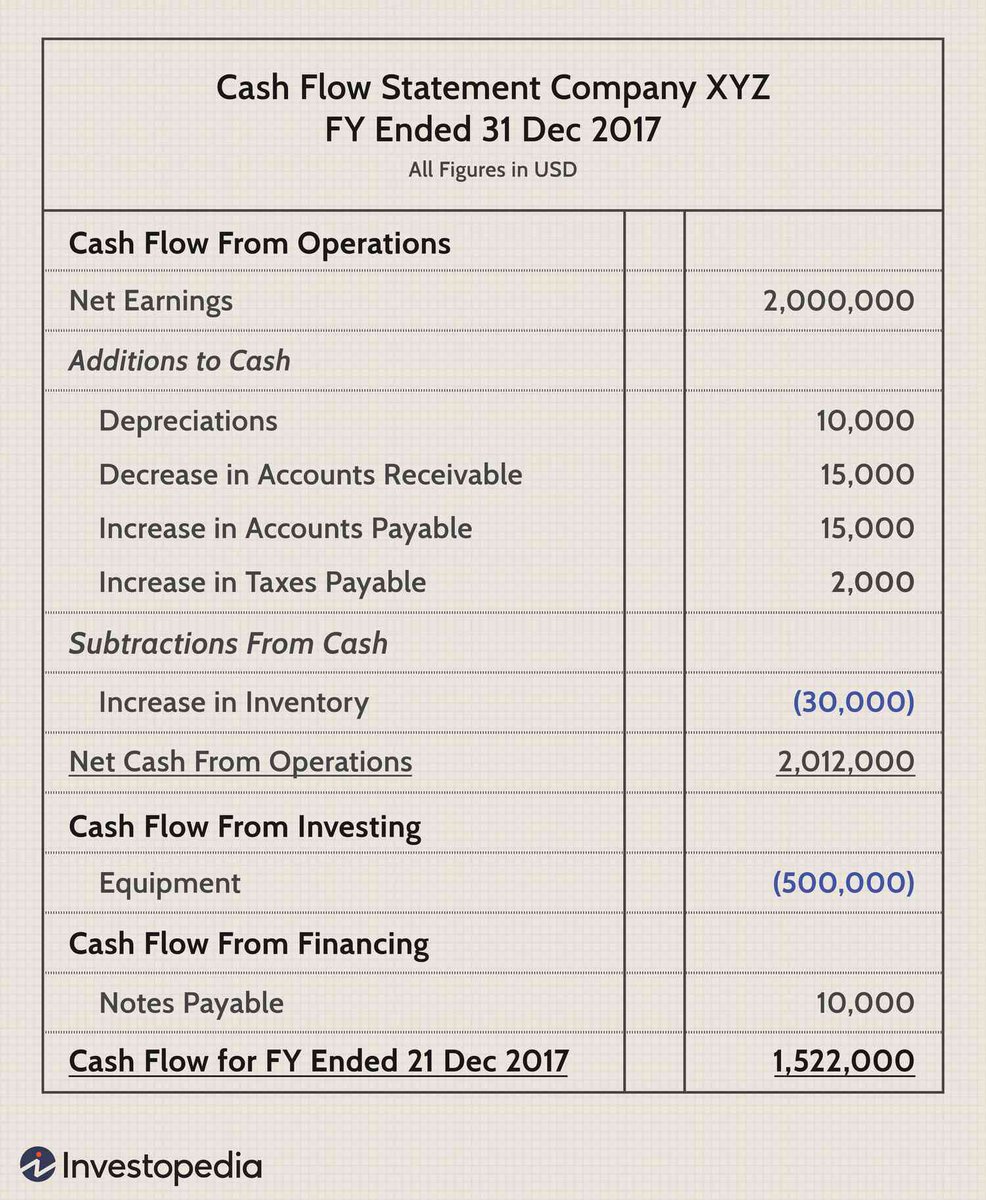
The cash flow statement is presented in the quarterly and annual company filings
-Is operating cash flow positive or negative? (Positive)
-Is capital expenditures less than OCF? (Yes)
-Is the company buying back stock or issuing new shares? (Buying back)
These are 3 simple questions to ask yourself before reading one
-Cash from operating activities
-Cash from investing activities
-Cash from financing activities
These are the 3 main components of every cash flow statement.
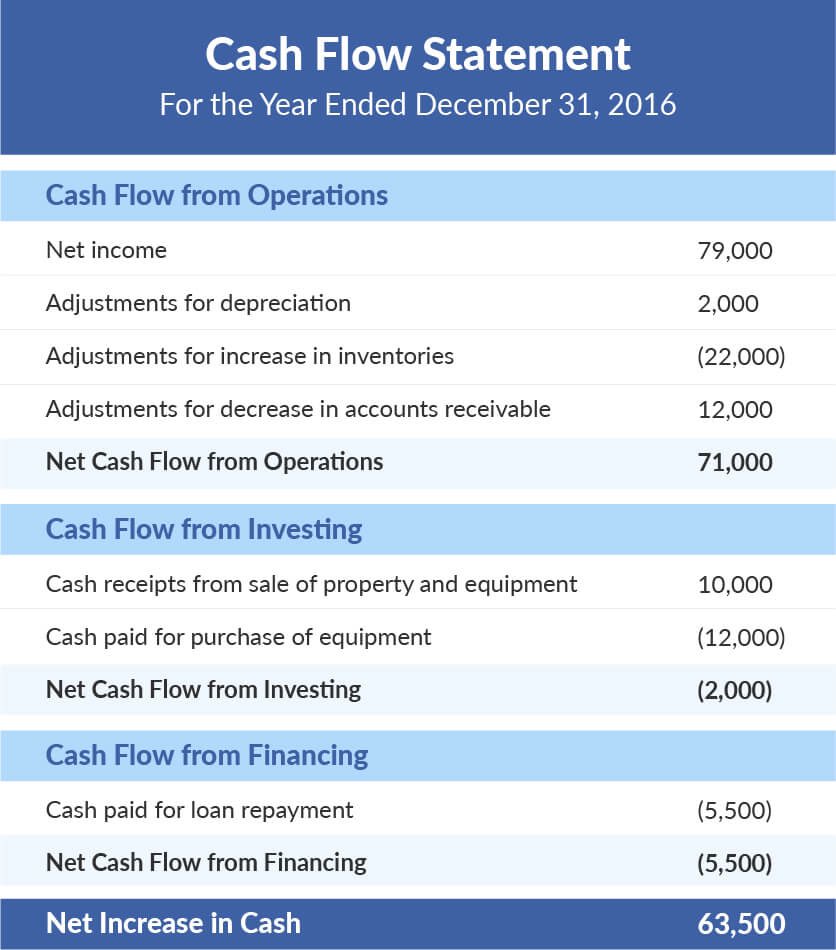
Cash flows from operating activities explains the cash flows within the business for its normal operations over a particular period.
This will show whether a company is capable of generating positive cash flow to maintain and grow its operations.
The most important thing when looking at operating activities is to make sure the number is positive.
If the number is positive this means it is generating more money than it’s spending for the normal operations.
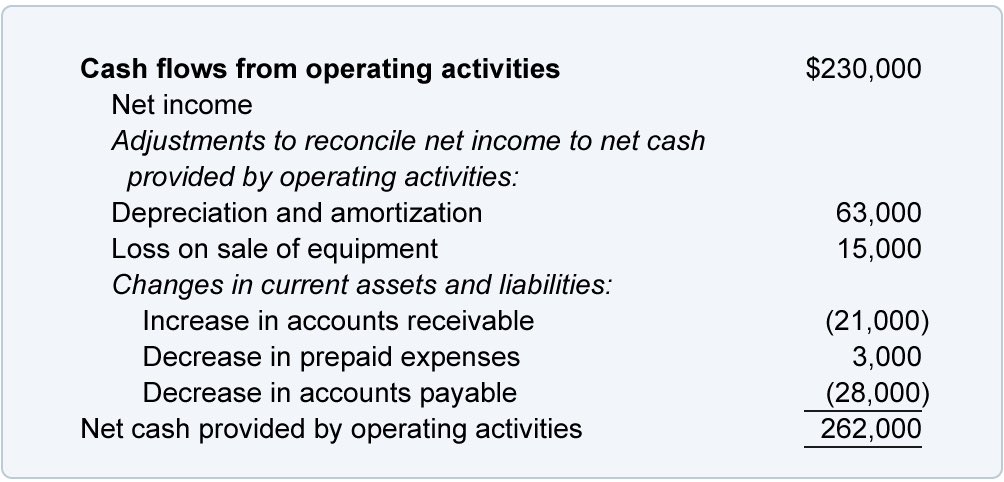
If the number is negative this means the company could be in major long term trouble. They will most likely have to take on debt to fund their company.
If a company is taking on debt to fund their operations, they will not survive
Cash flows from investing activities comes from the profit and losses from investments that the company has made
Any long-term physical or intangible asset that the company expects to deliver value in the future will be included

Common line items in this section include:
-Purchase of Property, Plant, and Equipment (PP&E)
-Proceeds from disposal of PPE
-Proceeds from sell of stocks
-Acquisitions
Cash Flow from financing activities explains the cash flows used to fund the company’s operations and payback their shareholders along with creditors
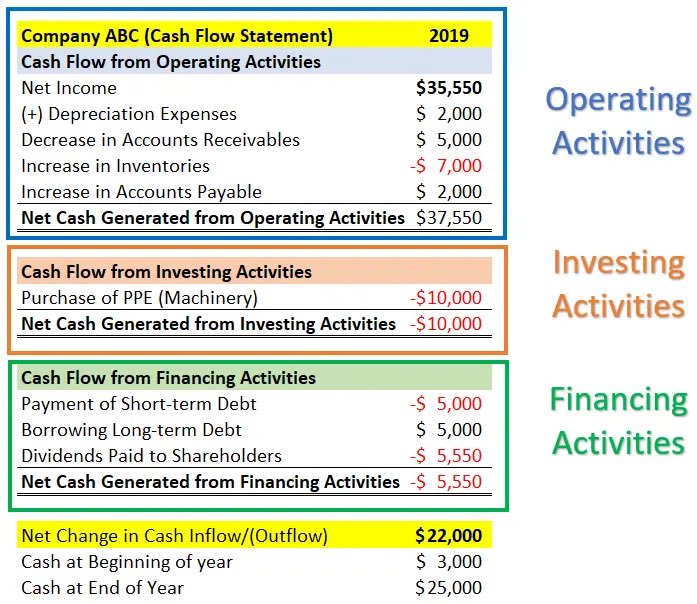
Common line items include:
-Borrowing of long-term debt
-Repayment of Long-term debt
-Repayment of short-term debt
-Proceeds from stock options
-Proceeds from stock offering
-Repurchases of Common Stock
-Dividends Paid
The most important numbers you can gather from the cash flow statement is free cash flow
FCF tells investors and analysts how much cash a business generates after growing and maintaining it’s business
This cash can be paid to shareholders as a dividend, be used to pay down debt, buyback shares or to just keep as cash on balance sheet
This is a very important metric to gauge when valuing a stock
You should look for a company with FCF of 10%+
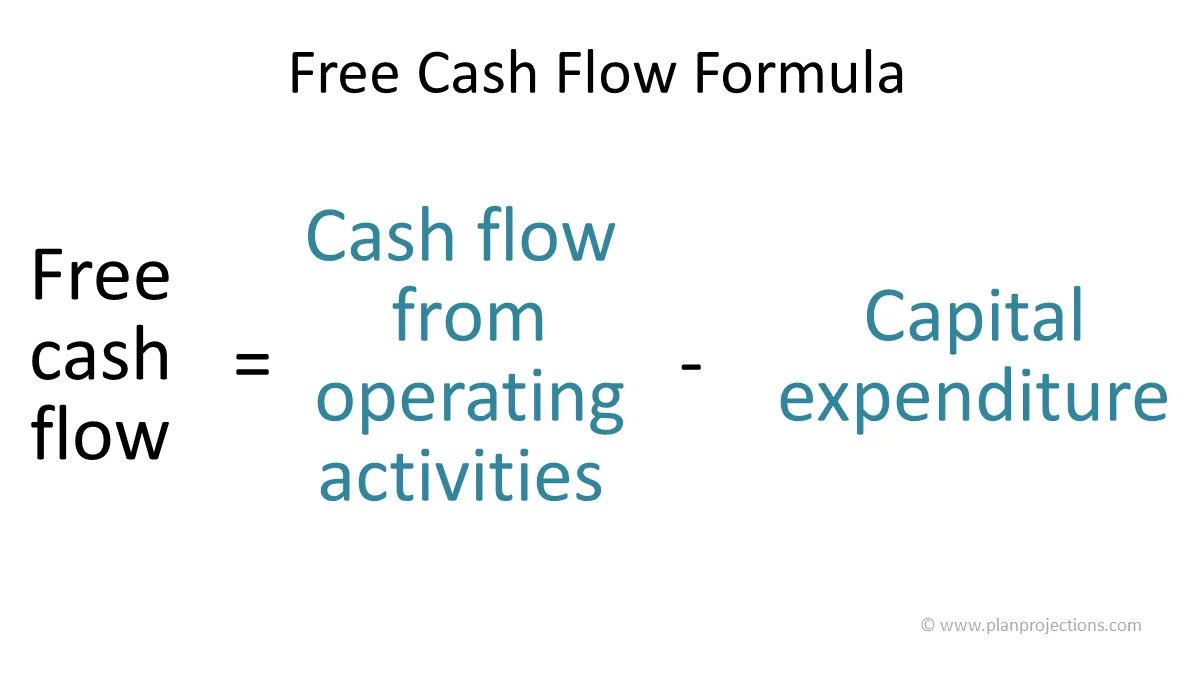
Learning how to read and analyze these are crucial when purchasing individual stocks
In closing, the cash flow statement shows how much cash different activities generate (or cost) a particular business over time
If you enjoyed this twitter thread:
-RT my first tweet
-Follow me @investmattallen
-Subscribe to my newsletter
I tweet things like this everyday to help people create generational wealth
Typically a 5-minute read and free, it’s a no brainer :)
Sign up:
https://t.co/aDWX11a7g9
More from All
You May Also Like
Mr. Patrick, one of the chief scientists at the Army Biological Warfare Laboratories at Fort Detrick in Frederick, Md., held five classified US patents for the process of weaponizing anthrax.
2/x
Under Mr. Patrick’s direction, scientists at Fort Detrick developed a tularemia agent that, if disseminated by airplane, could cause casualties & sickness over 1000s mi². In a 10,000 mi² range, it had 90% casualty rate & 50% fatality rate

3/x His team explored Q fever, plague, & Venezuelan equine encephalitis, testing more than 20 anthrax strains to discern most lethal variety. Fort Detrick scientists used aerosol spray systems inside fountain pens, walking sticks, light bulbs, & even in 1953 Mercury exhaust pipes
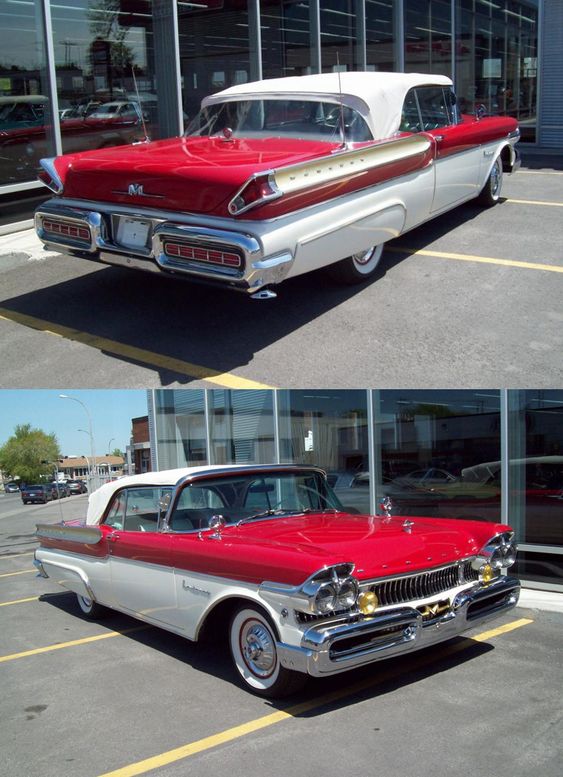
4/x After retiring in 1986, Mr. Patrick remained one of the world’s foremost specialists on biological warfare & was a consultant to the CIA, FBI, & US military. He debriefed Soviet defector Ken Alibek, the deputy chief of the Soviet biowarfare program
https://t.co/sHqSaTSqtB

5/x Back in Time
In 1949 the Army created a small team of chemists at "Camp Detrick" called Special Operations Division. Its assignment was to find military uses for toxic bacteria. The coercive use of toxins was a new field, which fascinated Allen Dulles, later head of the CIA
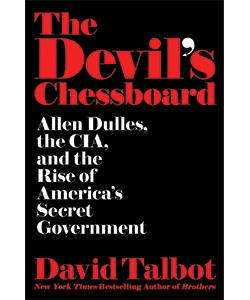
Curated the best tweets from the best traders who are exceptional at managing strangles.
• Positional Strangles
• Intraday Strangles
• Position Sizing
• How to do Adjustments
• Plenty of Examples
• When to avoid
• Exit Criteria
How to sell Strangles in weekly expiry as explained by boss himself. @Mitesh_Engr
• When to sell
• How to do Adjustments
• Exit
1. Let's start option selling learning.
— Mitesh Patel (@Mitesh_Engr) February 10, 2019
Strangle selling. ( I am doing mostly in weekly Bank Nifty)
When to sell? When VIX is below 15
Assume spot is at 27500
Sell 27100 PE & 27900 CE
say premium for both 50-50
If bank nifty will move in narrow range u will get profit from both.
Beautiful explanation on positional option selling by @Mitesh_Engr
Sir on how to sell low premium strangles yourself without paying anyone. This is a free mini course in
Few are selling 20-25 Rs positional option selling course.
— Mitesh Patel (@Mitesh_Engr) November 3, 2019
Nothing big deal in that.
For selling weekly option just identify last week low and high.
Now from that low and high keep 1-1.5% distance from strike.
And sell option on both side.
1/n
1st Live example of managing a strangle by Mitesh Sir. @Mitesh_Engr
• Sold Strangles 20% cap used
• Added 20% cap more when in profit
• Booked profitable leg and rolled up
• Kept rolling up profitable leg
• Booked loss in calls
• Sold only
Sold 29200 put and 30500 call
— Mitesh Patel (@Mitesh_Engr) April 12, 2019
Used 20% capital@44 each
2nd example by @Mitesh_Engr Sir on converting a directional trade into strangles. Option Sellers can use this for consistent profit.
• Identified a reversal and sold puts
• Puts decayed a lot
• When achieved 2% profit through puts then sold
Already giving more than 2% return in a week. Now I will prefer to sell 32500 call at 74 to make it strangle in equal ratio.
— Mitesh Patel (@Mitesh_Engr) February 7, 2020
To all. This is free learning for you. How to play option to make consistent return.
Stay tuned and learn it here free of cost. https://t.co/7J7LC86oW0



